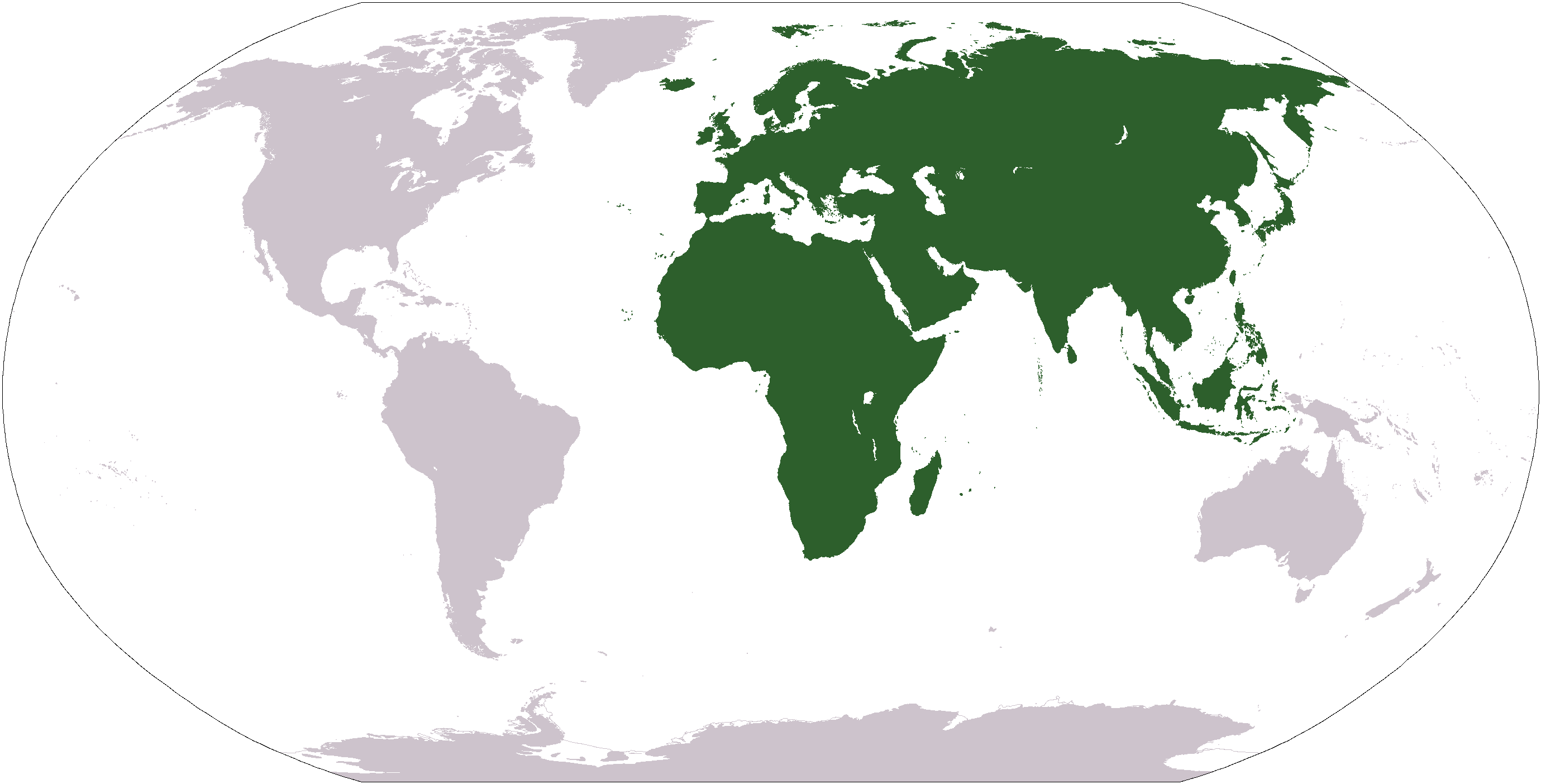|
Thyreocoris
''Thyreocoris'' is an Old World genus of shield bug belonging to the family Thyreocoridae. The genus was described in 1801 by Franz von Paula Schrank, but most of the historically included species are now classified in other genera, or other families. Selected species * '' Thyreocoris balcanicus'' Schumacher, 1918 * '' Thyreocoris fulvipennis'' (Dallas, 1851) * '' Thyreocoris ohridanus'' Kormilev, 1936 * ''Thyreocoris scarabaeoides ''Thyreocoris scarabaeoides'' is a species of shield bug found in Europe. It is small (3–4 mm.), nearly round and dark bronzy coloured. The surface is shining, glabrous and strongly punctured. The antennae are piceous, the scutellum not ...'' (Linnaeus, 1758) References Shield bugs {{pentatomoidea-stub ... [...More Info...] [...Related Items...] OR: [Wikipedia] [Google] [Baidu] |
Thyreocoris Scarabaeoides
''Thyreocoris scarabaeoides'' is a species of shield bug found in Europe. It is small (3–4 mm.), nearly round and dark bronzy coloured. The surface is shining, glabrous and strongly punctured. The antennae are piceous, the scutellum not quite covering the corium and membrane. The legs are black with spinose tibiae and piceous tarsi.Edward Saunders, 1892 ''The Hemiptera Heteroptera of the British Islands : a descriptive account of the families, genera, and species indigenous to Great Britain and Ireland : with notes as to localities, habitats'' The nymphs and adults feed primarily on violets (''Viola The viola ( , also , ) is a string instrument that is bow (music), bowed, plucked, or played with varying techniques. Slightly larger than a violin, it has a lower and deeper sound. Since the 18th century, it has been the middle or alto voice of ...''), but they are found on the ground under different plant species. Initially, the nymphs live in aggregations. Overwintering ... [...More Info...] [...Related Items...] OR: [Wikipedia] [Google] [Baidu] |
Thyreocoridae
The Thyreocoridae are a family of shield bugs, known by common names that include negro bugs or ebony bugs. Historically, a few authors have called this family "Corimelaenidae" (e.g.), but the name Thyreocoridae, published in 1843, has nomenclatural priority over Corimelaenidae, published in 1872. Other classifications have placed them as a subfamily within the broad family Cydnidae. Genera There has been disagreement about how to treat subfamilies within the Thyreocoridae. *''Alkindus'' Distant, 1889 *'' Amyssonotum'' Horváth, 1919 *'' Carrabas'' Distant, 1908 *'' Corimelaena'' White, 1839 *'' Cydnoides'' Malloch, 1919 *'' Eumetopia'' Westwood, 1838 *'' Galgupha'' Amyot & Serville, 1843 *''Godmania'' Horváth, 1919 *'' Pericrepis'' Horváth, 1919 *'' Pruhleria'' McAtee & Malloch, 1933 *'' Strombosoma'' Amyot Amyot is a surname, and may refer to: People: * Charles Jean-Baptiste Amyot (1799–1866), French lawyer and entomologist * Frank Amyot (1904–1962), Canadian Olympic g ... [...More Info...] [...Related Items...] OR: [Wikipedia] [Google] [Baidu] |
Old World
The "Old World" is a term for Afro-Eurasia that originated in Europe , after Europeans became aware of the existence of the Americas. It is used to contrast the continents of Africa, Europe, and Asia, which were previously thought of by their inhabitants as comprising the entire world, with the "New World", a term for the newly encountered lands of the Western Hemisphere, particularly the Americas. Etymology In the context of archaeology and world history, the term "Old World" includes those parts of the world which were in (indirect) cultural contact from the Bronze Age onwards, resulting in the parallel development of the early civilizations, mostly in the temperate zone between roughly the 45th and 25th parallels north, in the area of the Mediterranean, including North Africa. It also included Mesopotamia, the Persian plateau, the Indian subcontinent, China, and parts of Sub-Saharan Africa. These regions were connected via the Silk Road trade route, and they hav ... [...More Info...] [...Related Items...] OR: [Wikipedia] [Google] [Baidu] |
Shield Bug
The Pentatomoidea are a superfamily of insects in the Heteroptera suborder of the Hemiptera order. As Hemiptera, they share a common arrangement of sucking mouthparts. The roughly 7000 species under Pentatomoidea are divided into 21 families (16 extant and 5 extinct). Among these are the stink bugs and shield bugs, jewel bugs, giant shield bugs, and burrower bugs. Description The Pentatomoidea are characterised by a well-developed scutellum (the hardened extension of the thorax over the abdomen). It can be triangular to semielliptical in shape. The antennae typically have five segments. The tarsi usually have two or three segments. Shield bugs have prothoracic glands (in their thoraces, between the first and second pair of legs) that produce a foul-smelling liquid, which is used defensively to deter potential predators and is sometimes released when the bugs are handled. These prothoracic glands are also present in the nymphs, which are similar to adults except smal ... [...More Info...] [...Related Items...] OR: [Wikipedia] [Google] [Baidu] |
Franz Von Paula Schrank
Franz von Paula Schrank (21 August 1747, in Vornbach – 22 December 1835) was a German priest, botanist and entomologist. He was ordained as a priest in Vienna in 1784, gaining his doctorate in theology two years later. In 1786 he was named chair of mathematics and physics at the lyceum in Amberg, and in 1784 became a professor of botany and zoology at the University of Ingolstadt (later removed to Landshut). at Catholic Encyclopedia Schrank was the first director of the botanical gardens in from 1809 to 1832. Schrank was the first author to use the name '' |

